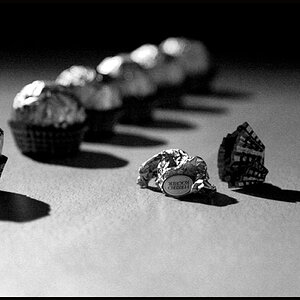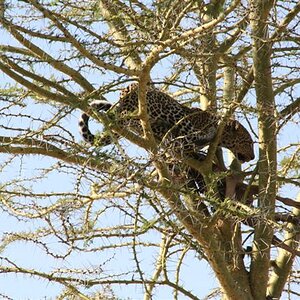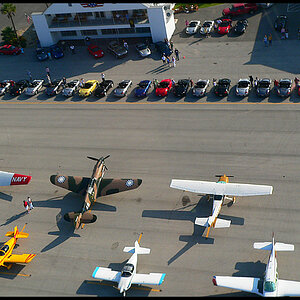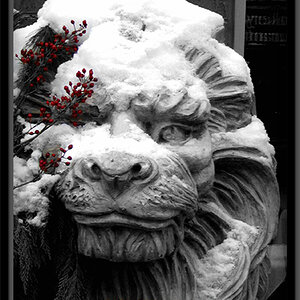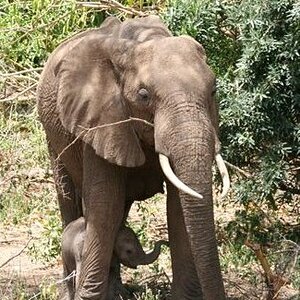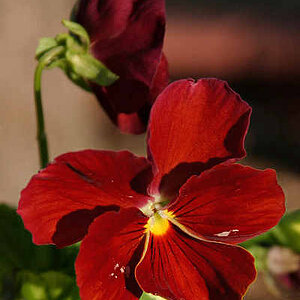rubbertree
TPF Noob!
- Joined
- Sep 7, 2007
- Messages
- 727
- Reaction score
- 0
- Location
- Canada
- Can others edit my Photos
- Photos OK to edit
I have an event coming up that I'm starting to prepare for and would like your advice.
It will be a night Christmas parade, 5:30 in the evening in December. It will be pitch black by then. This is the scenario:
Very small town, shops with lights on one side of the street, not much on the other. The trees going down the middle of the street will have Christmas lights on them.
I do not have an external flash, only what's available with my Nikon D80. However, I do have a SB-600 sitting in my shopping cart at Vistek right this moment. Checkout now? hehe!
I cannot set up strobes or other lights, I need to be able to move freely around.
Should I set up on the side of the street with no lights, facing the other side of the street with the shops and lights? That would give some background lighting? Or should I set up on the side of the street that has the shops and lights, and use that light as ambient lighting?
How do you meter for light at night? If I face the shops, do I meter for the light coming off them and then use the flash to fill in the parade?
Lenses are listed in my siggie, what lens would you use?
I appreciate your help!
It will be a night Christmas parade, 5:30 in the evening in December. It will be pitch black by then. This is the scenario:
Very small town, shops with lights on one side of the street, not much on the other. The trees going down the middle of the street will have Christmas lights on them.
I do not have an external flash, only what's available with my Nikon D80. However, I do have a SB-600 sitting in my shopping cart at Vistek right this moment. Checkout now? hehe!
I cannot set up strobes or other lights, I need to be able to move freely around.
Should I set up on the side of the street with no lights, facing the other side of the street with the shops and lights? That would give some background lighting? Or should I set up on the side of the street that has the shops and lights, and use that light as ambient lighting?
How do you meter for light at night? If I face the shops, do I meter for the light coming off them and then use the flash to fill in the parade?
Lenses are listed in my siggie, what lens would you use?
I appreciate your help!



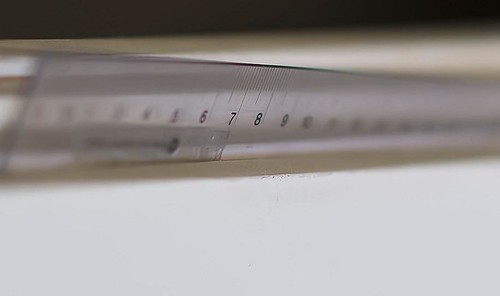

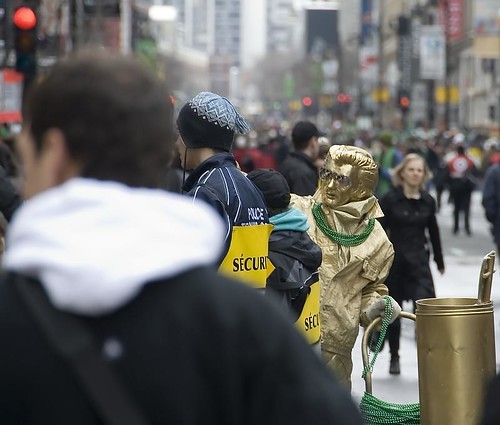
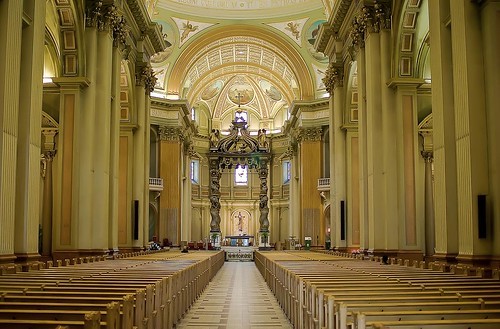
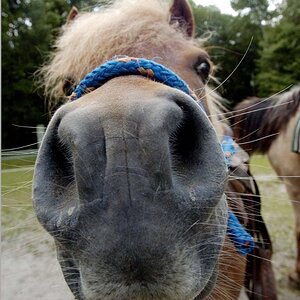
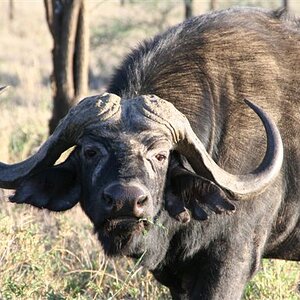
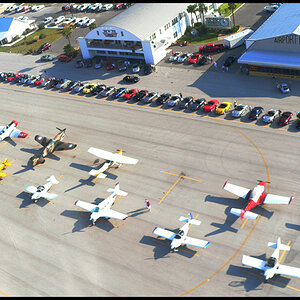
![[No title]](/data/xfmg/thumbnail/32/32701-51bacbc6ea9d40683123c14f053d4742.jpg?1619735603)
